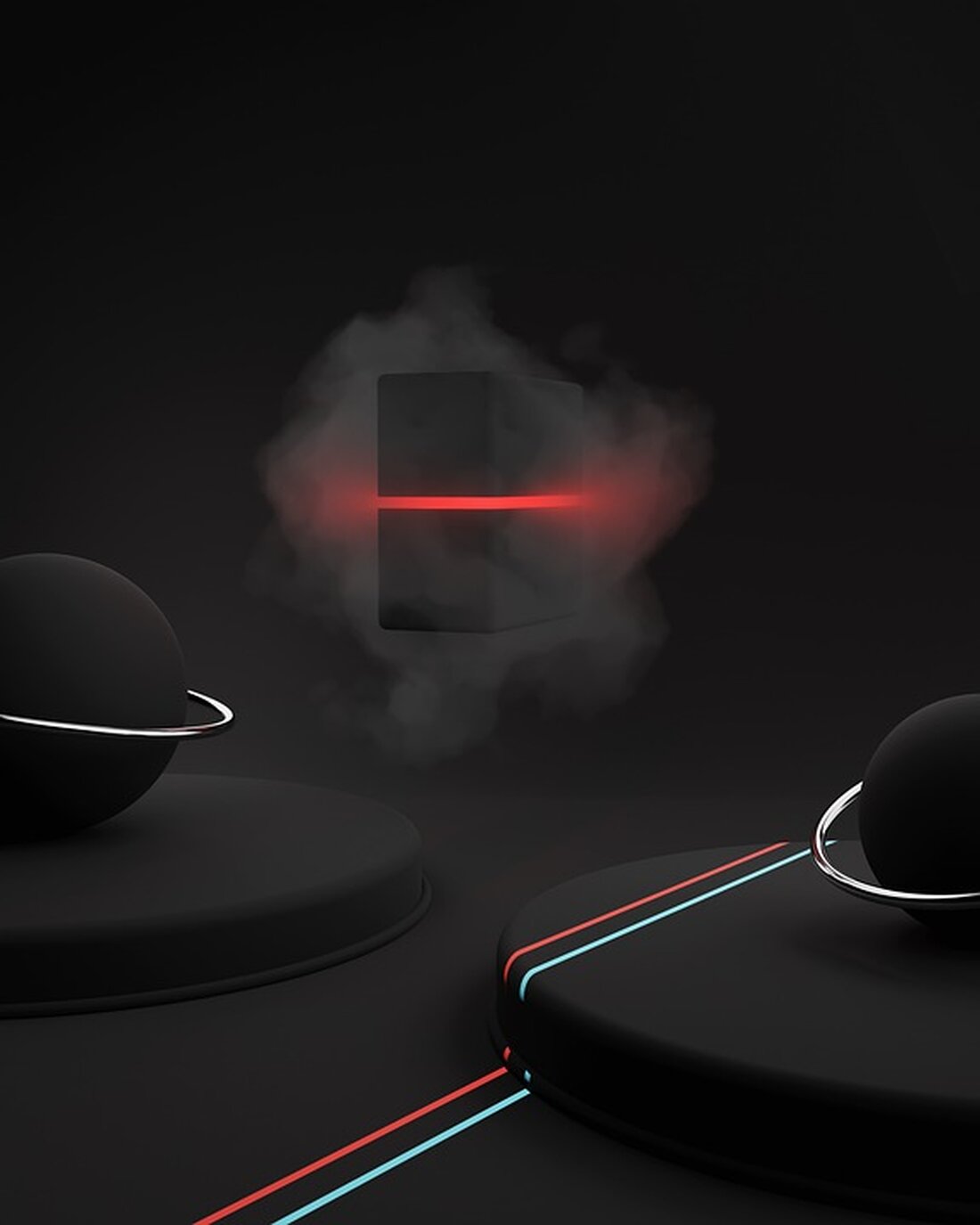Mantle Network: A modular blockchain design for improved performance and scalability
Mantle Network: A modular blockchain design for improved performance and scalability
A modular approach for blockchain design
In the area of blockchain technology, Mantle Network relies on a modular chain approach, in contrast to conventional blockchains that guide all transactions over a single layer. This innovative design divides various functions such as execution, data availability, consensus and billing into separate levels. As a result, Mantle aims to increase the performance, reduce the costs and at the same time ensure the decentralization and security of Ethereum.
Thanks to its modular architecture, Optimistic Rollup design and working with the ether-Restating protocol in-house layer, Mantle Network can maintain the advantages of Ethereum and at the same time offer greater scalability. This is also confirmed by the data dashboard from The Block, which shows that Arbitrum and Optimism are currently dominating in the Ethereum Layer 2-Optimistic Rollup area, with a total value of more than $ 5.9 billion.
Another great advantage of Mantle Network design is flexibility in upgrades. With the exchange of different modular components, the network enables quick implementations of upgrades. This creates the potential for taking over the latest improvements in the Ethereum ecosystem, including account abstraction. Jordi Alexander, strategic consultant of Mantle, proudly emphasizes that the network has reached the Mainnet and stands out as a modular chain from other monolithic layer-2 blockchains.
mantle network uses the scalability of Layer 2 to enable extended use cases in the area of blockchain gaming, decentralized finance (defi) and social protocols without incurring high fees. In order to successfully design the Mainset Alpha start, Mantle worked with various companies in the blockchain area. This includes Game7, a blockchain gaming accelerator; Hyperplay, a web3 game launcher; and Edudao, a blockchain education initiative. Another important contribution to the success of the Mantle Network comes from infrastructure providers such as Ankr, Bullieverse, Covalent, Layerzero and The Graph.
To further support the development of decentralized applications (DAPPS) on Ethereum Layer 2 in the early phase, the DAO-led ecosystem has approved a fund of $ 200 million. This ecosystem fund is operated in cooperation with risk capitalists such as Animoca Ventures, Dragonfly Capital, Figment Capital, Hashkey Capital, Pantera Capital, QCP Capital and Sevenex Ventures. The efficient assignment of resources to promote the growth of the ecosystem is monitored by Mirana Venture.
Overall, the modular approach of Mantle Network promises a promising future for the blockchain industry. By combining Ethereum’s proven advantages with improved scalability and flexibility, the network offers new opportunities for applications in various industries. It remains to be seen how Mantle Network will develop and what new innovations it will bring into the world of blockchain.


Kommentare (0)